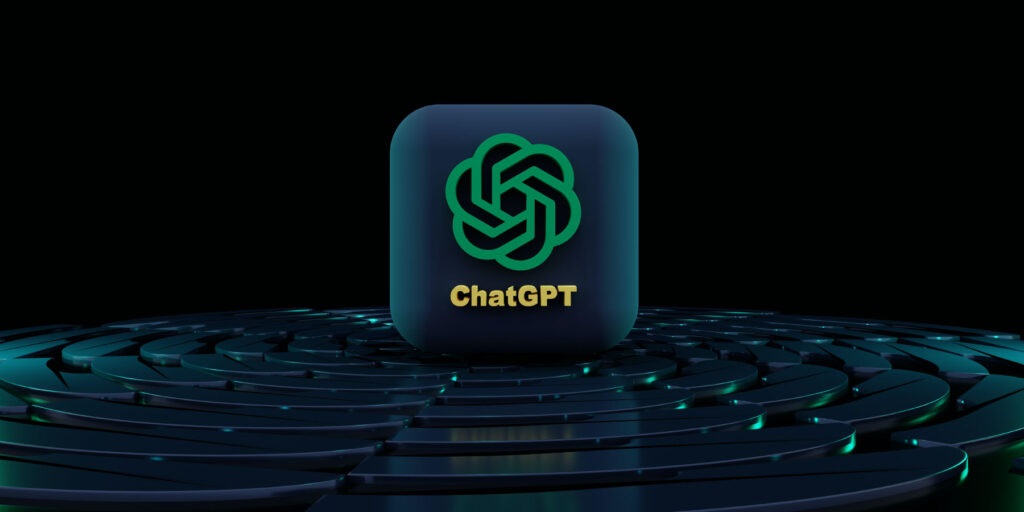As artificial intelligence continues to advance, mastering the art of crafting effective prompts for tools like ChatGPT becomes increasingly important. Whether you’re using ChatGPT for business, education, personal projects, or any other application, understanding how to create versatile and powerful prompts can significantly enhance the quality of your interactions with the AI. This article explores strategies to master ChatGPT prompts for various use cases, helping you get the most out of this powerful tool.
1. Understanding the Power of Prompts
Prompts are the gateway to leveraging ChatGPT’s capabilities effectively. A well-crafted prompt can direct the AI to generate responses that are relevant, insightful, and useful. Conversely, vague or poorly constructed prompts may lead to suboptimal results. Understanding the importance of crafting precise and targeted prompts is the first step in mastering ChatGPT for any use case.
2. Business Applications: Crafting Effective Prompts
In a business context, ChatGPT can assist with a variety of tasks, including customer service, content creation, and market research. To craft effective prompts for business applications, focus on clarity and specificity. For customer service, prompts like “What are the common issues customers face with our product?” can generate valuable insights. For content creation, try prompts such as “Generate a blog post outline about the latest trends in digital marketing.” Specific prompts help ChatGPT provide detailed and relevant responses tailored to your business needs.
3. Educational Use Cases: Enhancing Learning and Research
ChatGPT can be a powerful tool for education, aiding in everything from tutoring and homework help to research and study assistance. When crafting prompts for educational purposes, aim for prompts that encourage detailed explanations and critical thinking. For example, “Explain the concept of photosynthesis in simple terms for a fifth grader” can yield a clear and understandable response suitable for young learners. For research, use prompts like “Summarize the key findings of the latest study on renewable energy sources.”
4. Personal Projects: Tailoring Prompts for Creative Endeavors
When using ChatGPT for personal projects, such as writing, brainstorming, or planning, the key is to be specific about your goals. For creative writing, prompts like “Help me develop a character profile for a mystery novel protagonist” can guide ChatGPT in generating detailed character traits and backstory ideas. For brainstorming, try prompts such as “Suggest innovative ideas for a new app that helps with time management.” Tailoring prompts to your specific project needs ensures that the AI provides relevant and actionable suggestions.

5. Technical Support: Creating Prompts for Troubleshooting
If you’re using ChatGPT to assist with technical issues or troubleshooting, clarity and context are crucial. Use prompts that provide sufficient detail about the problem. For example, “Describe the steps to fix a ‘404 Not Found’ error on a WordPress site” offers clear guidance on resolving a specific issue. Providing context and specifics in your prompts helps ChatGPT deliver more accurate and helpful troubleshooting advice.
6. Enhancing User Experience: Customizing Prompts for Better Results
Customizing your prompts based on the type of response you want can greatly enhance the user experience with ChatGPT. For instance, if you need a summary, prompt with “Summarize the main points of the following article.” For a more detailed exploration, use prompts like “Provide an in-depth analysis of the economic impact of remote work.” Customizing prompts according to your needs helps ChatGPT deliver responses that are aligned with your expectations.
7. Iterative Refinement: Improving Prompts Over Time
Mastering ChatGPT prompts involves iterative refinement. Start with a basic prompt, review the AI’s response, and adjust your prompt based on the feedback you receive. For example, if the initial prompt “What are the benefits of exercise?” yields overly broad answers, refine it to “List five specific health benefits of daily aerobic exercise.” This iterative approach helps you hone your prompts and improve the quality of the AI’s responses.
8. Testing and Evaluating Prompts: Ensuring Effectiveness
Regular testing and evaluation of your prompts are essential for ensuring they effectively meet your needs. Experiment with different phrasings and structures to find what works best for each use case. Evaluate the responses you receive to determine if they align with your objectives, and make adjustments as necessary.
Conclusion
Mastering ChatGPT prompts for every use case involves understanding the power of prompts, crafting effective queries for business, educational, and personal applications, and refining your approach through iterative testing and customization. By focusing on clarity, specificity, and context, you can enhance the quality of your interactions with ChatGPT and leverage its capabilities to achieve better results. With practice and attention to detail, you’ll be able to create prompts that unlock the full potential of ChatGPT, regardless of your use case.








